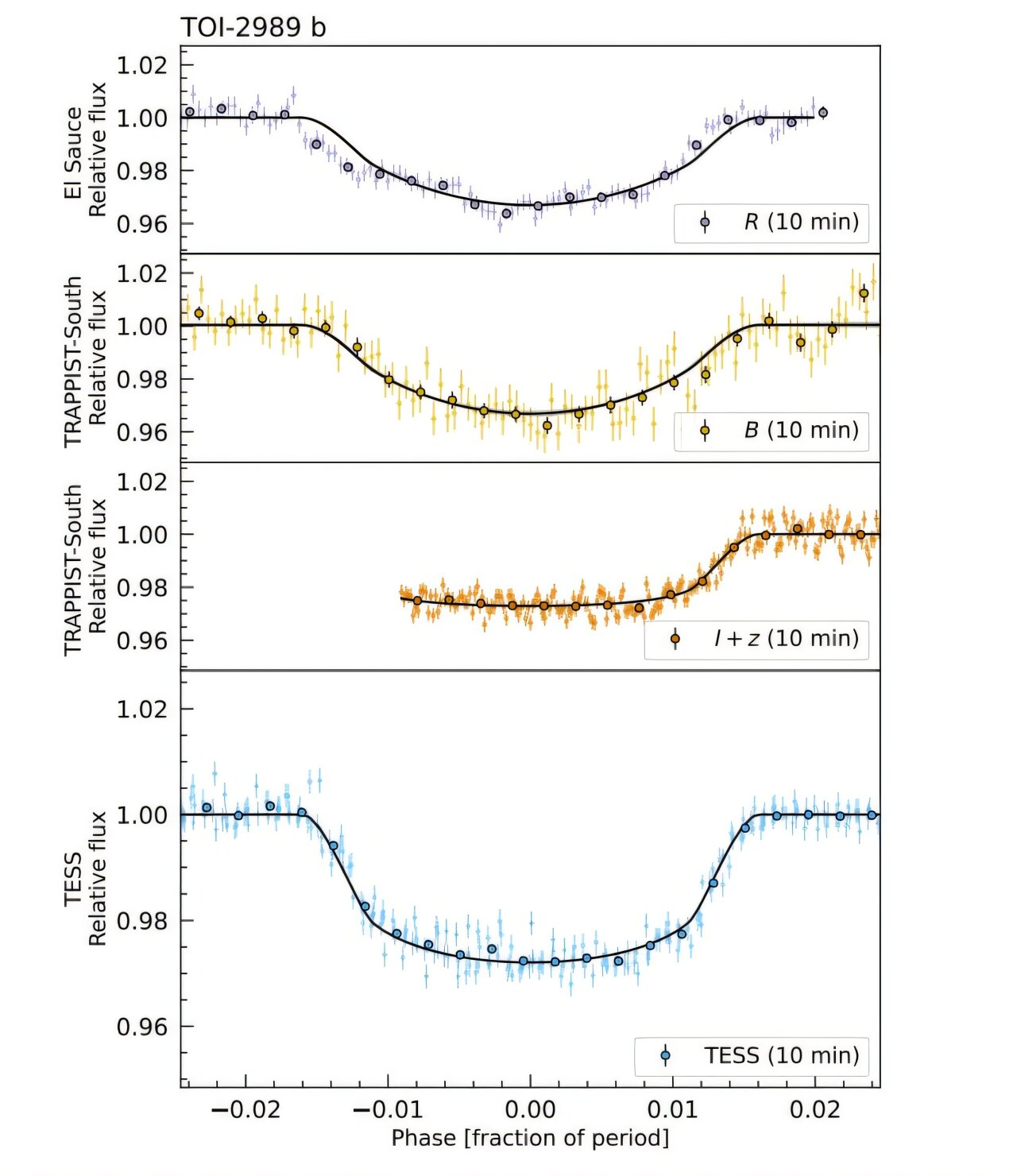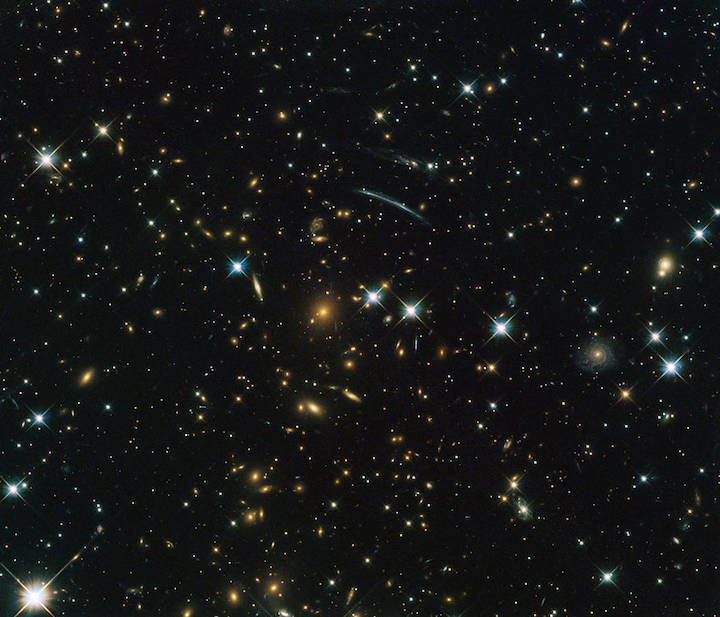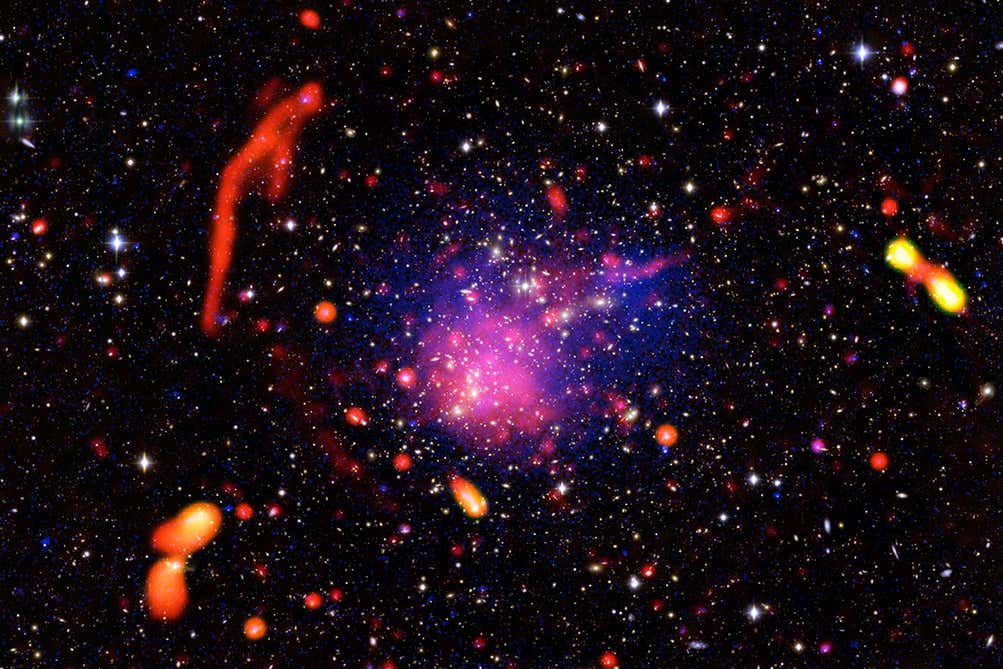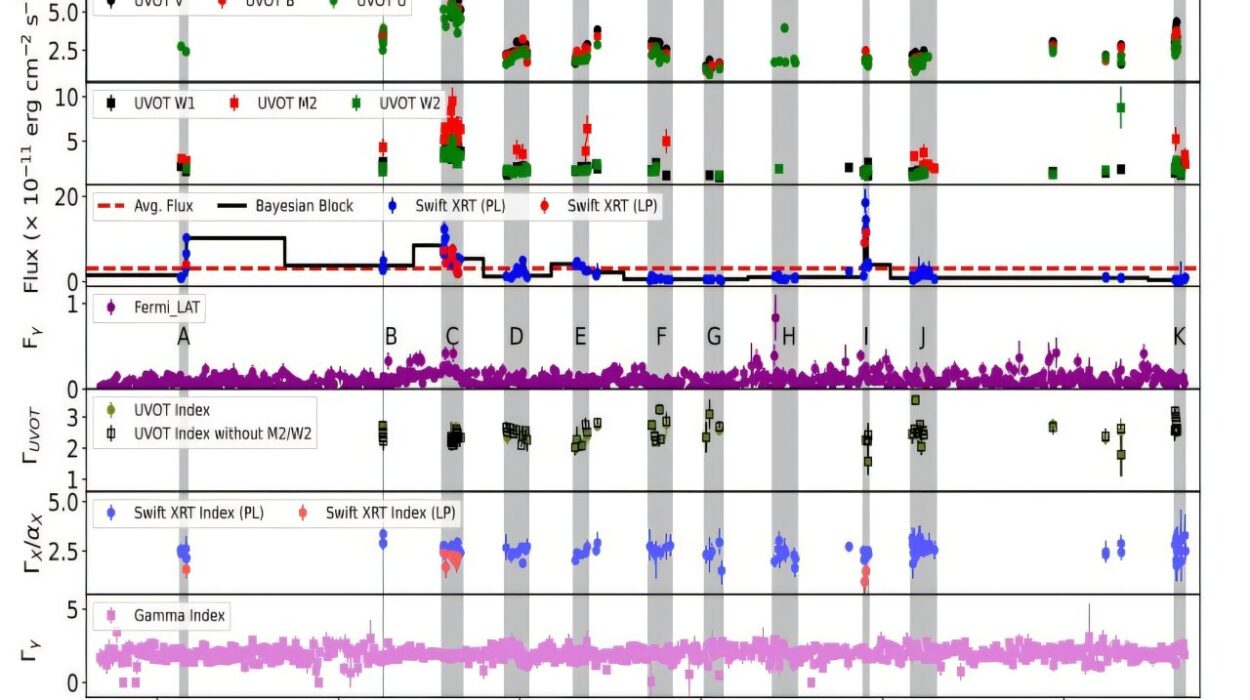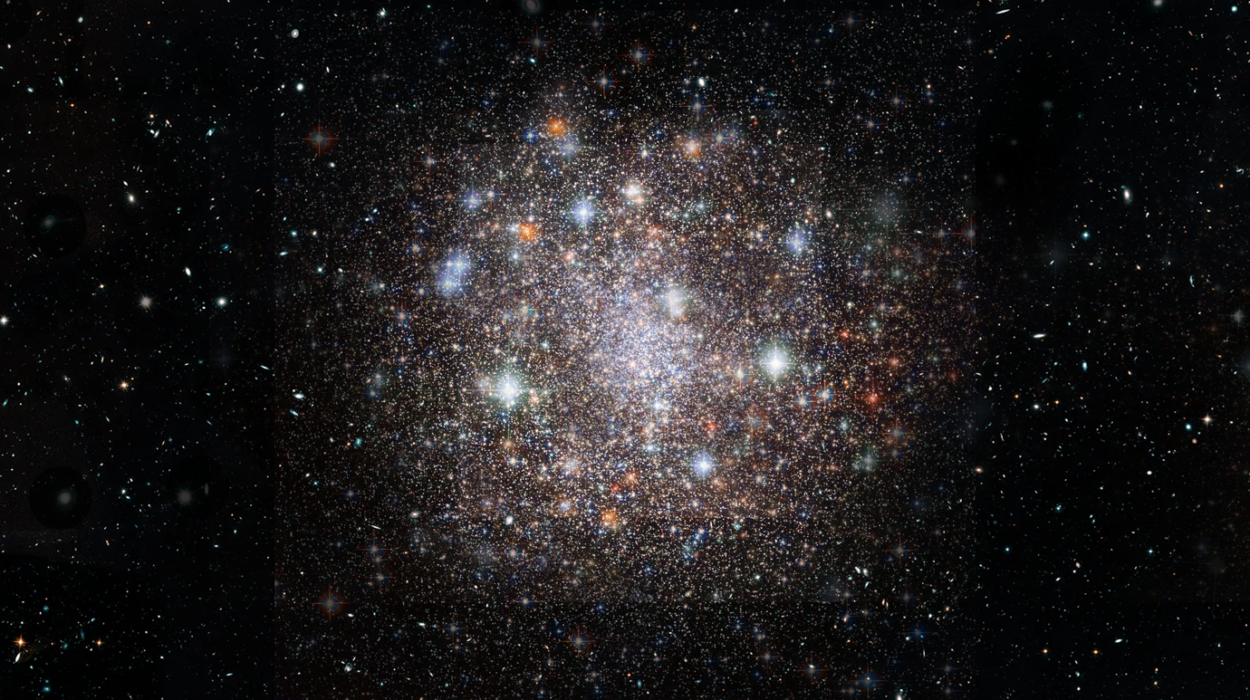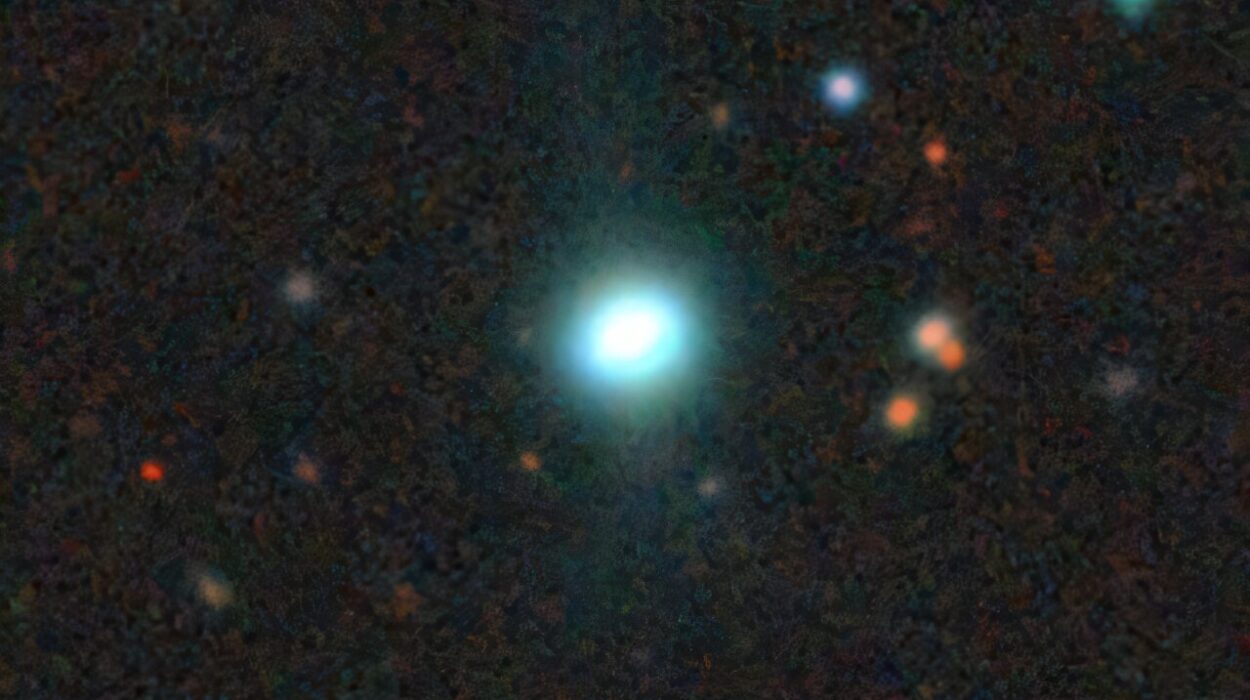When NASA launched the Transiting Exoplanet Survey Satellite (TESS) in 2018, it had one primary mission: to find new worlds beyond our solar system. With four wide-angle cameras scanning the skies, TESS has now identified thousands of potential exoplanets. But every so often, amid the sea of starlight, something extraordinary emerges—worlds that challenge our expectations and beckon deeper exploration.
Now, a team of astronomers led by Yolanda Frensch of the Geneva Observatory has added three new alien worlds to that growing cosmic census—each a massive, blisteringly hot gas giant locked in a tight orbit around a small, dim K dwarf star. Their discovery, published on June 5 in a preprint on arXiv, is more than just another entry in the planetary catalog. These planets—TOI-2969 b, TOI-2989 b, and TOI-5300 b—may help scientists unravel one of the lingering mysteries of exoplanet science: what makes hot Jupiters tick?
Three Suns, Three Giants
Hot Jupiters are enormous gas planets, similar in size or mass to Jupiter, but orbiting scorchingly close to their host stars—so close that their years last just a few Earth days. Though they’re among the easiest types of exoplanets to detect, they remain an enigma: how did such massive worlds end up in such tight orbits?
Using data from TESS, the team spotted subtle dips in brightness as each of the three stars dimmed slightly at regular intervals. These dips suggested that a planet was passing in front of its star—what astronomers call a transit. Ground-based follow-up observations helped confirm the nature of these signals: three hot Jupiters, each unique in mass, size, and personality.
The Lava Worlds in Detail
TOI-2989 b, located about 635 light-years away, is the heavyweight of the trio. Weighing in at roughly three times the mass of Jupiter, it completes a full orbit in just over three days, circling its star at a distance of only 0.038 AU—a mere fraction of the distance between Earth and the Sun. With an estimated temperature of 1,000 Kelvin (over 1,300°F), TOI-2989 b is a broiling world, its atmosphere likely seething under constant stellar irradiation.
TOI-2969 b is slightly larger and more massive than Jupiter, but less dense. It orbits its star—530 light-years from Earth—once every 1.82 days, and with a surface temperature approaching 1,186 Kelvin, it’s the hottest of the three. With its relatively low density and proximity to its star, TOI-2969 b emerges as a standout candidate for atmospheric follow-up studies. Scientists are eager to examine what its skies are made of.
The third planet, TOI-5300 b, is the smallest and lightest of the group—0.6 times the mass of Jupiter and just 0.88 Jupiter radii in size. Still, it hugs its parent star tightly, completing a year in just 2.26 days. Its dayside temperature is a searing 1,043 Kelvin.
More Than Just Hot Air
What makes these planets so compelling isn’t just their size or speed—it’s their structure. Unlike many hot Jupiters, which often appear puffy and “inflated” due to intense stellar heat, these three are more compact. Their densities suggest something different is going on beneath their cloudy exteriors.
“These are what we call non-inflated hot Jupiters,” said Frensch in the team’s report. “Their interiors are dense, and they likely contain a significant amount of heavy elements.” That’s a big deal—because the composition of a planet can reveal how and where it formed, and why it ended up so close to its star.
In fact, the research suggests that the heavy element content inside each of the three planets is higher than what’s been observed in most other hot Jupiters orbiting K dwarfs. That could point to a different formation pathway—or a different planetary past entirely.
Windows to Distant Atmospheres
The discovery is already sparking interest among exoplanet scientists focused on atmospheric characterization. Because these planets orbit relatively bright stars and transit regularly, they’re prime candidates for deeper analysis using space telescopes like the James Webb Space Telescope (JWST) or the upcoming Ariel mission from the European Space Agency.
TOI-2969 b, in particular, is a tantalizing target. Its heat, size, and low density make it an ideal candidate for transmission spectroscopy—a method where scientists study starlight filtering through a planet’s atmosphere during transit to learn about its composition. Is it filled with hydrogen and helium? Does it have clouds or haze? Are there traces of exotic molecules like titanium oxide or vanadium?
“These planets are like laboratories for testing our theories about planetary evolution,” said Frensch. “We’ve barely scratched the surface.”
From Points of Light to Whole New Worlds
Though distant and unreachable by spacecraft for now, these three planets mark another step forward in humanity’s quest to understand our place in the cosmos. Every new exoplanet is a story—written in starlight and told through telescopes—that reveals something unexpected about how planets live and die.
It’s easy to forget that just a few decades ago, we had never found a single planet beyond our solar system. Today, with missions like TESS scanning the sky relentlessly, we know of thousands. And with each discovery, the boundaries of what we thought was possible continue to expand.
In the darkness between the stars, there are worlds of fire. And with the right tools and tireless curiosity, we’re learning how to find them—and listen to what they have to say.
Reference: Y. G. C. Frensch et al, Three Hot Jupiters transiting K-dwarfs with a significant heavy element mass, arXiv (2025). DOI: 10.48550/arxiv.2506.04923
